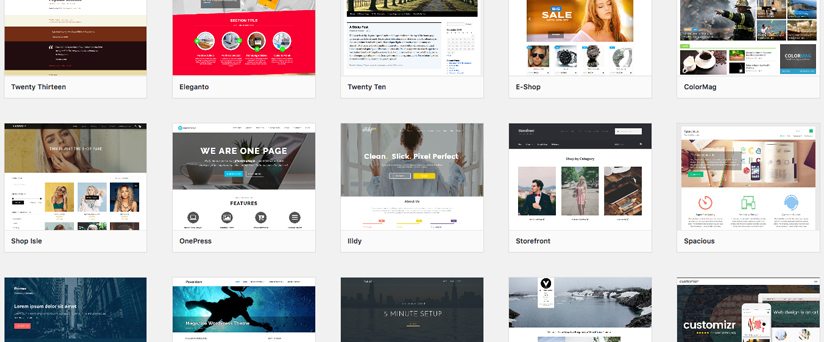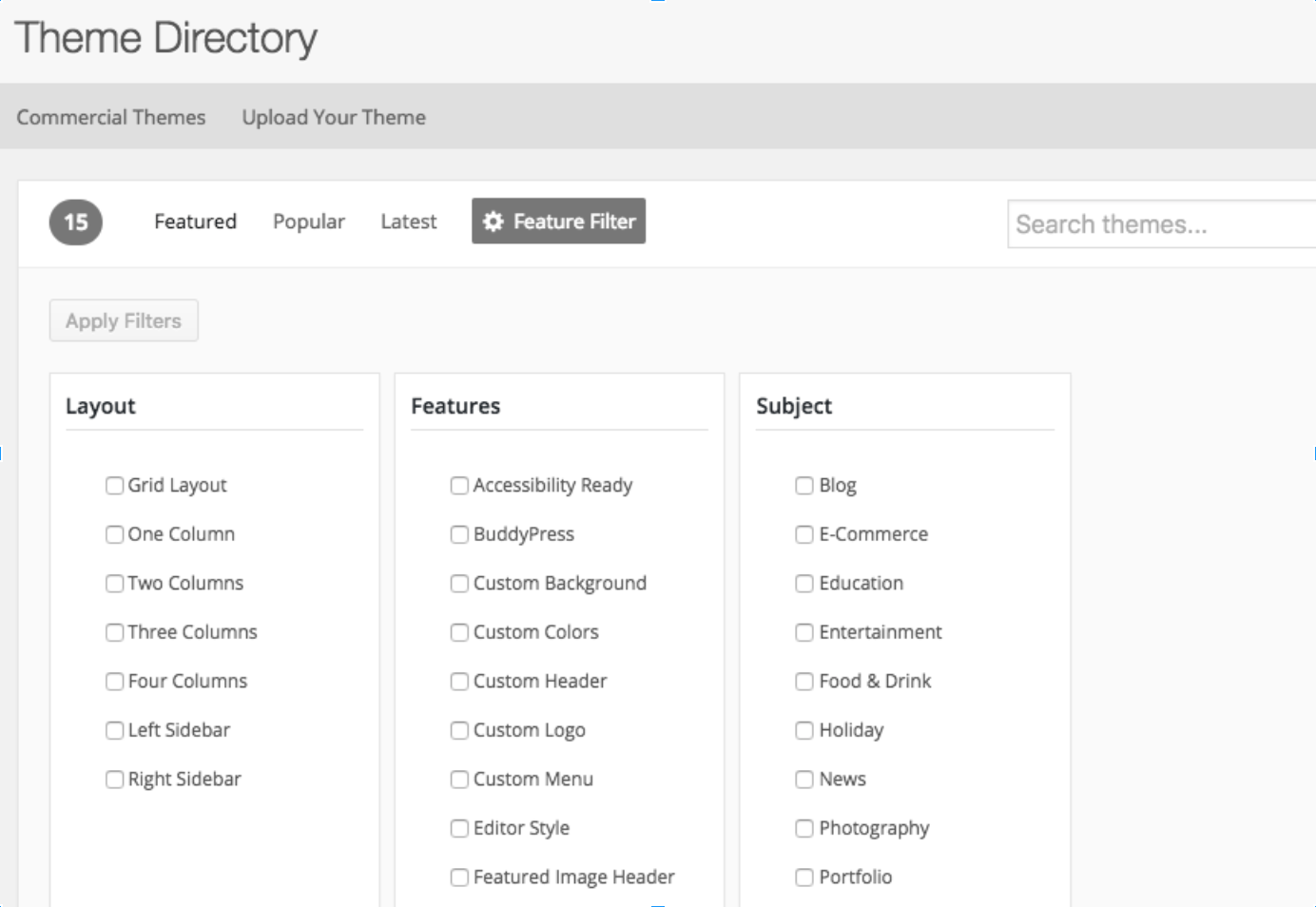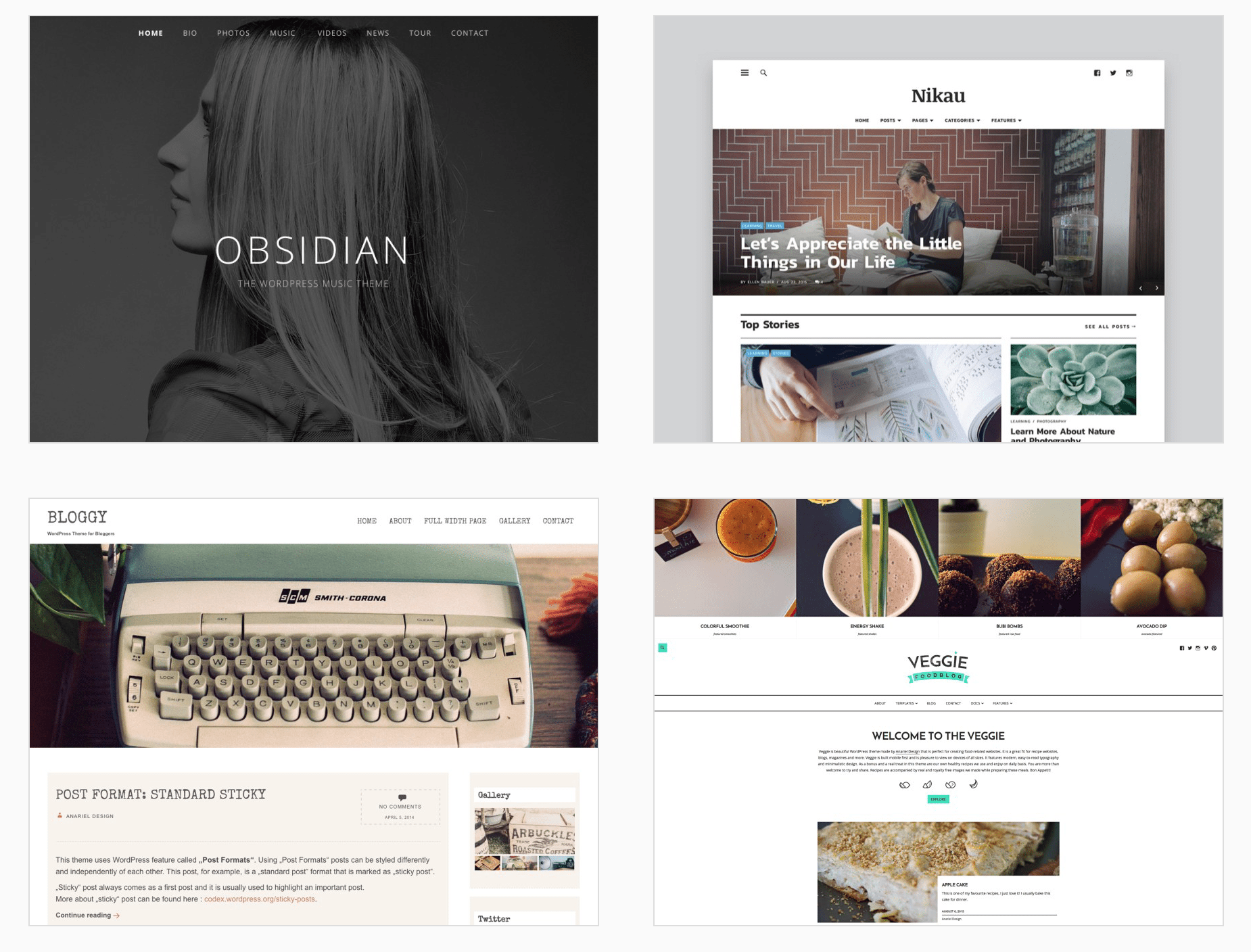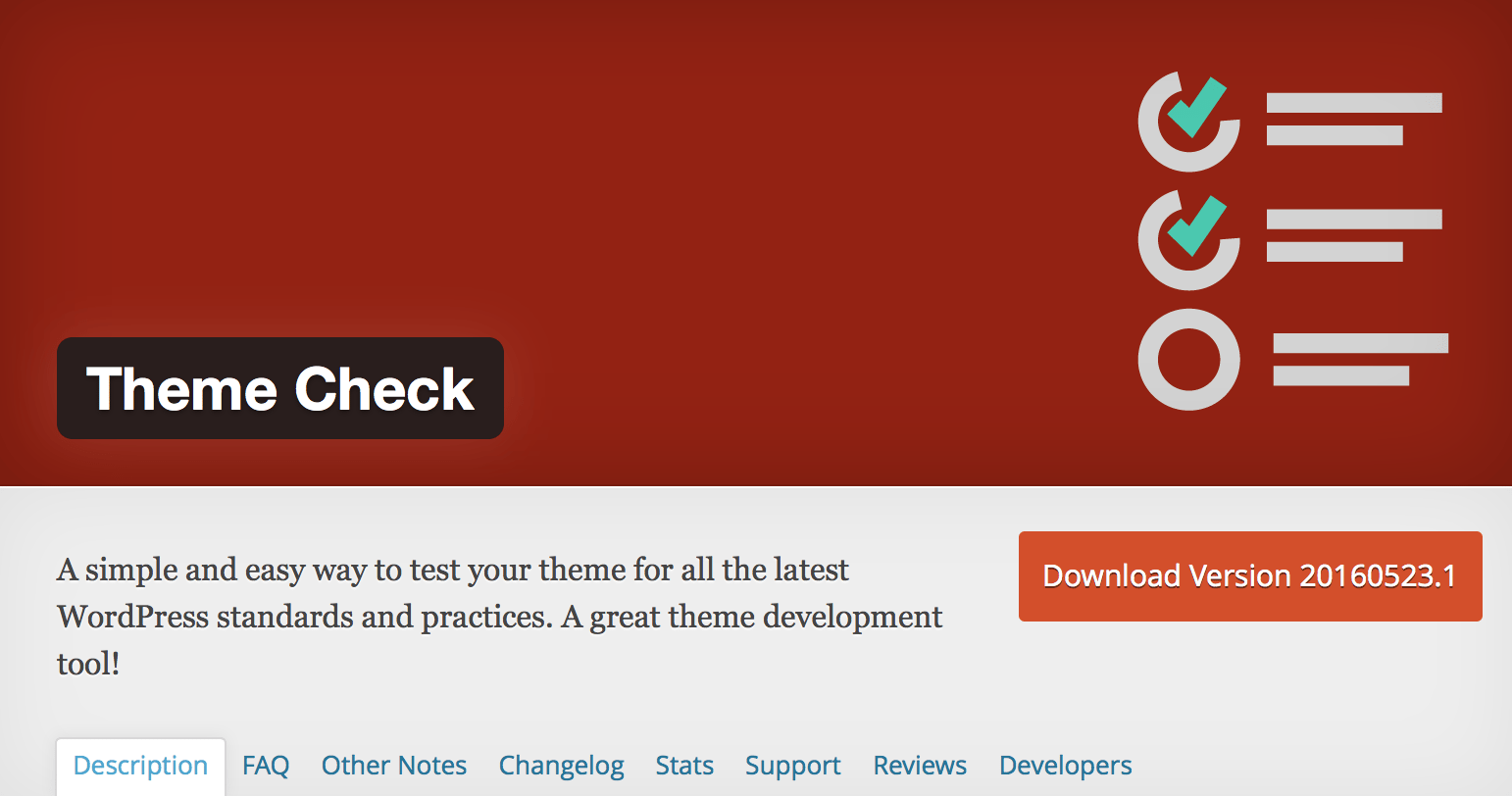
The Dos and Don’ts of Choosing a WordPress Theme
Keep these tips in mind as you begin your theme selection process
There are thousands (10,000-plus) of WordPress themes out there. So many that it would take days on end to search through them all. So how do you narrow it down to find the perfect one for your site?
Choosing the right theme is obviously important—the right one should give your content pizzazz, keeping it responsive across devices, while also loading in the blink of an eye. Yet with so many themes in the pool, it can be a rather daunting task to pick the best one possible.
Before purchasing a theme, or investing your time in customizing one, be sure to read through this list of do’s and don’ts when it comes to selecting the perfect WordPress theme.
Do make a list of the features you want ahead of time
Before selecting a theme, it’s absolutely important to determine which features are essential and which you can live without.
The WordPress Feature Filter in the Themes Repository makes it super easy to customize your search for free themes based on specific features you want, like being translation ready and allowing for a flexible header. It’s important to have the design in mind before making a selection. For instance, you should be prepared to know if you want your site to have one column or multiple columns.

When it comes to WordPress themes, less is always more. Building from the bottom up, the theme you choose should only have the features that will help you accomplish the goal of your site, not unnecessary ones that clutter your theme, which brings us to the next point.
Don’t choose a bloated theme
The major takeaway here is that you don’t want a theme that’s cluttered with features—this will only hurt you in the long run. A feature-rich theme might be nice, but it could also have significant impacts on site performance. Be sure to temper the urge to install every feature you think is cool.
While fancy music players or gaming capabilities might be alluring, they could also slow down your site. Plus, new code can increase the risk of security weak spots, as features are often built with a focus on performing a specific function, not necessairly keeping a site secure.
Do choose a responsive theme
Responsive design simply means making your site ultra-easy to use—not just on a laptop, but on multiple devices. This means that it’s compatible with mobile and has menus and other widgets that are easy to navigate. Look for features like a fluid site grid and flexible images that can translate to non-desktop devices. An example of a responsive theme would be one that can easily translate on a mobile device without any hiccups.
Say you picked a theme that you love, but it’s not as responsive as you’d like. You’re going to have to customize it a little bit. Here are some ways to make your WordPress theme more responsive on your own.
Do keep color in mind
Remember, so much of online marketing is based on visual appearance, and colors increase brand recognition as well. If you have a logo, try to align with the color scheme of that logo. If sticking to neutrals, a hint of color here and there will make it more interesting. WordPress makes it super easy to alter the appearance of a theme, including colors, by going directly into the file or entering in custom CSS.
If you’re trying to decide between dark and light, note that it’s statistically shown that site visitors prefer lighter colored sights. While a dark website design isn’t an absolute no, if you do choose to opt for the dark side, you might be decreasing readability and the opportunity for more conventional design elements.
If you want some advice on colors for your theme, here’s some from WP Engine Founder and CTO Jason Cohen.
Do consider buying a premium theme
While free themes offer a solid option for those on a budget, they can also present some issues. Aside from the quality of coding potentially not being up to par, by using a free theme, you take on the risk of that theme not being updated regularly, a lack of support, and the possibility that the theme author could abandon the theme altogether.

Premium themes are dynamic, and generally offer more features than free themes, which can help you stand out from the crowd. In addition to WP Engine’s Premium Themes, which are offereedd to customers at no extra cost, premium WordPress themes typically require a one-time fee rather than a recurring payment.
To ensure our customers have easy access to some of the best WordPress themes available, WP Engine acquired StudioPress in 2018, providing all customers with access to a suite of 30+ premium themes and the Genesis Framework at no extra charge. For more information on how you can get started with the Genesis Framework and WP Engine, check out this whitepaper.
Don’t choose a theme with a font that’s hard to read
This ties back to capturing your visitor’s attention quickly so they won’t abandon your site. You want to make it as easy as possible for your audience to navigate your site and fidn what they’re looking for. Make your fonts simple, sophisticated, and readable. Some of the most popular fonts on the internet in 2021 were Geometric Sans Fonts such as Holgada and Character Serifs like Temeraire.
If you’re familiar with CSS, it should be easy to go in and adjust your theme’s font, although some free themes might be limited when it comes to customizations—something to keep in mind during your theme selection process. (For a good read on choosing unique and readable fonts, see Stop Using Arial & Helvetica.)
Do test the theme thoroughly
A great place to start when testing out a theme’s efficiency is to install the Theme Check plugin, which checks if your theme is up to all current WordPress standards.
When you’re done with all the tweaks and have uploaded all of your content, review your site before announcing it to the world. Reread all of your content, check out your site on mobile, and make sure all of your images load properly. You should also consider installing a child theme plugin. and investing in a hosting solution that provides staging environments.

Here’s a compilation of a few places to buy quality themes:
Next Steps
Hopefully, this article has provided you with some ideas for narrowing down your theme selection process. What’s great about building websites with WordPress is if you do decide to change themes down the road, you’ll have the flexibility to do so. If you’re looking for more on selecting the right WordPress theme or WordPress hosting, check out this library of resources on Torque, or speak with a WP Engine representative for answers to your questions.
As a compliment to all these tips, you can also take a look at what themes are being used the most with this http://wpslug.com/wordpress/theme/list/
great!!! really really thank you.
Great info, thank you so much.
Great tutorial, Thanks!!
What if you start with a free Theme and at a later date acquire a paid theme, will a changeover be problematic?
Hello Alphonse. I work at WP Engine and can help you out here. The ease of switching between themes depends a lot on the theme you’re switching to/from. In the case of WP Engine’s StudioPress themes we make it as easy as possible to switch between each of the themes we offer.
In general, your theme is a collection of styles so your portability between themes will be dictated by the styles needed for your site.
By sake of example, pretty much every theme will have a style for H1’s (page title) so when you switch a theme your H1s will generally look good.
However, if you have custom areas of your site with custom styles (e.g. the way a specialized page is designed), then you might have design / layout issues when you switch between themes.
Since each situation is unique, I’d recommend you create a staging copy of your site and test out switching to the theme you’d like to try. You can read more about setting up staging here.. https://wpestaging.qa/support/environments/
Once you install the new theme in a copy of your site, you can see what does / doesn’t look good and figure out what you might need to “fix” from there.
I hope this helps. Good luck!
Great information. But I am looking for a good child theme suited for med tech devices within elderly care. Any suggestion?
Hello William. Thanks for your question. Any of WP Engine’s themes would work with any kind of site. Fundamentally a theme is just a collection of styles independent of the content and functionality. That being said, certain designs (and certainly different approaches to demo content) can make a theme a better choice for one kind of website vs. another. You can check out all the themes we offer here https://wpestaging.qa/studiopress-themes/. Based on a med tech website you may find these particular themes a good fit…
https://wpestaging.qa/themes/wellness-pro/
https://wpestaging.qa/themes/minimum-pro/
https://wpestaging.qa/themes/revolution-pro/
https://wpestaging.qa/themes/monochrome-pro/
Good luck!
A great piece that sheds much needed light on Ionic App Development Company and its impact on business as there are many new details you posted here. Sometimes it is not so easy to build a “Ionic App Development Company” without custom knowledge; here you need proper development skills and experience. However, the details you mention here would be very much helpful for the beginner.